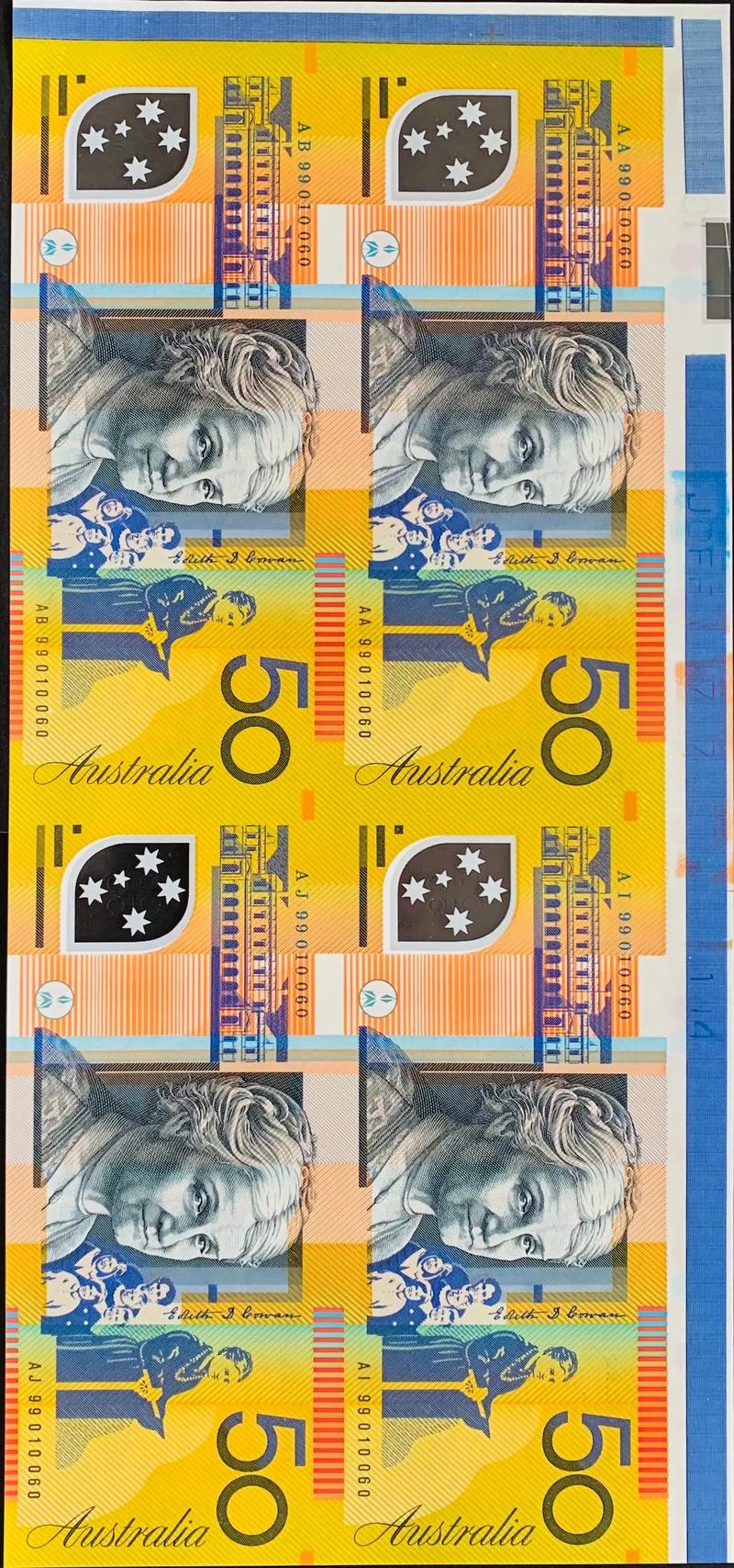Australian Money Recognition Games: A Comprehensive Guide
Are you looking to enhance your child’s numeracy skills while having fun? Australian money recognition games are a fantastic way to achieve this. These games are designed to teach children about currency, counting, and basic math concepts in a playful and engaging manner. In this article, we will delve into the various aspects of Australian money recognition games, including their benefits, types, and how to play them effectively.
Benefits of Australian Money Recognition Games
1. Educational Value: These games are designed to teach children about Australian currency, which includes coins and notes. By playing these games, children can learn the names, values, and denominations of different coins and notes.
2. Numeracy Skills: Money recognition games help children develop their numeracy skills by encouraging them to count, add, and subtract coins and notes. This can be particularly beneficial for children who are learning to count and do basic math operations.
3. Cognitive Development: These games stimulate cognitive development by requiring children to think critically and solve problems. They must identify the correct coins and notes, count them, and determine their total value.
4. Social Skills: Many money recognition games can be played with friends or family, which helps children develop their social skills. They learn to take turns, communicate, and work together to achieve a common goal.
Types of Australian Money Recognition Games
1. Coin Sorting Games: In these games, children are given a pile of coins and must sort them by denomination. This can be done by placing the coins in separate piles or using a sorting tray.

2. Counting Games: These games involve counting coins and notes to reach a specific amount. Children can use a pile of coins or a set of playing cards with monetary values printed on them.
3. Matching Games: Children are given a set of coins and must match them with their corresponding values. This can be done by using a board game with a grid of coin images and their values.
4. Memory Games: These games are similar to the classic memory game, where children must find matching pairs of coins or notes. This helps improve their memory and concentration skills.
5. Board Games: There are several board games available that focus on money recognition. These games often involve rolling dice, moving game pieces, and making transactions, which can be a fun way to learn about currency.
How to Play Australian Money Recognition Games
1. Choose the Right Game: Select a game that is appropriate for your child’s age and skill level. There are games available for children of all ages, from simple counting games to more complex board games.
2. Set Up the Game: Follow the instructions provided with the game to set it up. This may involve preparing the game board, coins, and any other necessary materials.
3. Teach the Rules: Before playing, make sure your child understands the rules of the game. Explain how to count, add, and subtract coins and notes, as well as how to make transactions.
4. Play and Learn: Encourage your child to play the game and have fun. As they play, they will naturally learn about Australian currency and improve their numeracy skills.
5. Monitor and Adjust: Keep an eye on your child’s progress and adjust the game as needed. If they find a particular game too easy or too hard, consider changing the difficulty level or introducing a new game.
Conclusion
Australian money recognition games are a great way to help your child learn about currency and develop their numeracy skills. By playing these games, children can have fun while improving their cognitive and social abilities. So, why not give these games a try and watch your child grow and learn in a playful and engaging way?


